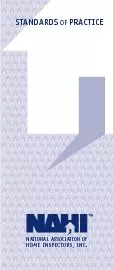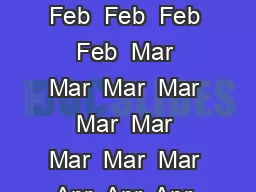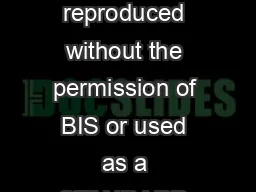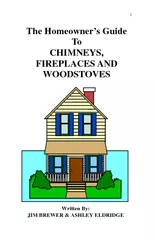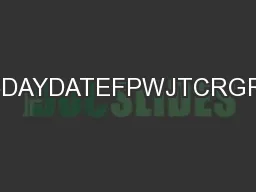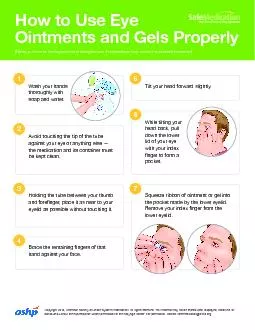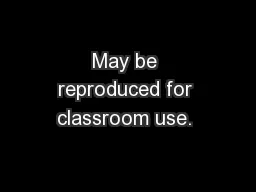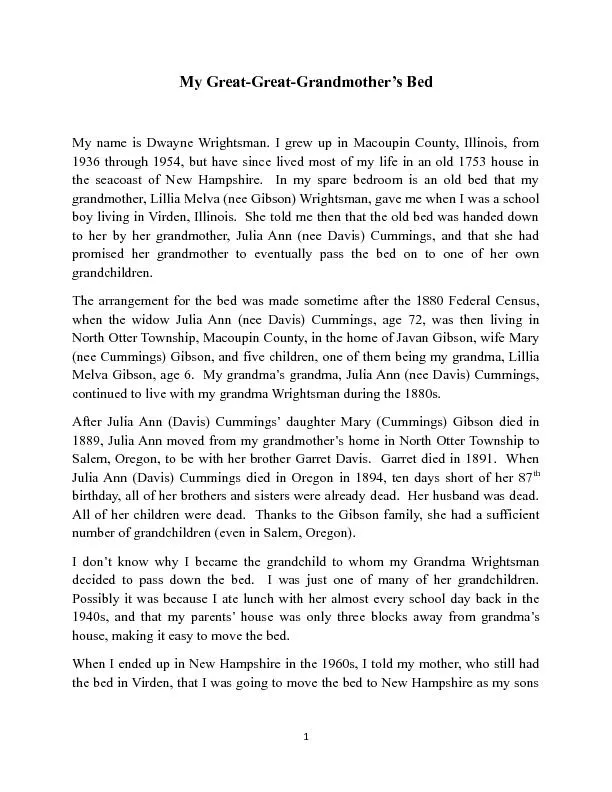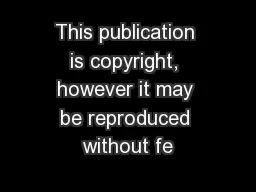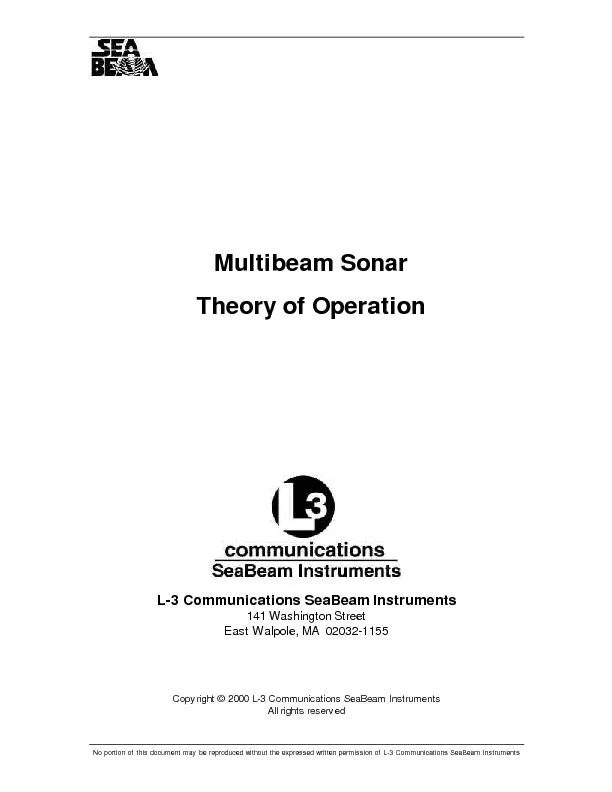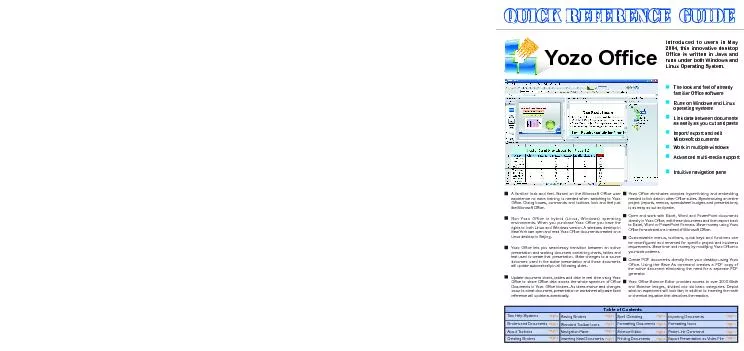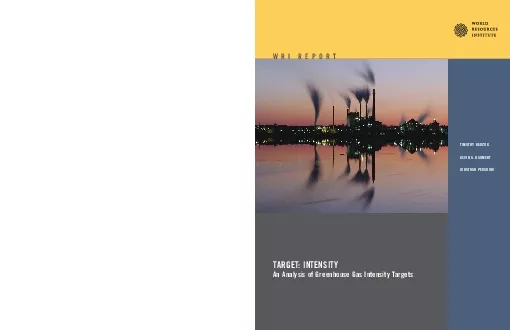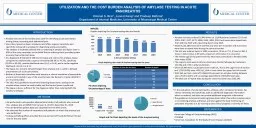PDF-STANDARDS OF PRACTICEThese Standards may not be reproduced without wri
Author : wang | Published Date : 2021-07-06
STANDARDS OF PRACTICE NATIONAL ASSOCIATION OFHOME INSPECTORS INC TABLE OF CONTENTS1 Purpose Scope General Statements 22 General Limitations Exclusions
Presentation Embed Code
Download Presentation
Download Presentation The PPT/PDF document "STANDARDS OF PRACTICEThese Standards may..." is the property of its rightful owner. Permission is granted to download and print the materials on this website for personal, non-commercial use only, and to display it on your personal computer provided you do not modify the materials and that you retain all copyright notices contained in the materials. By downloading content from our website, you accept the terms of this agreement.
STANDARDS OF PRACTICEThese Standards may not be reproduced without wri: Transcript
Download Rules Of Document
"STANDARDS OF PRACTICEThese Standards may not be reproduced without wri"The content belongs to its owner. You may download and print it for personal use, without modification, and keep all copyright notices. By downloading, you agree to these terms.
Related Documents

